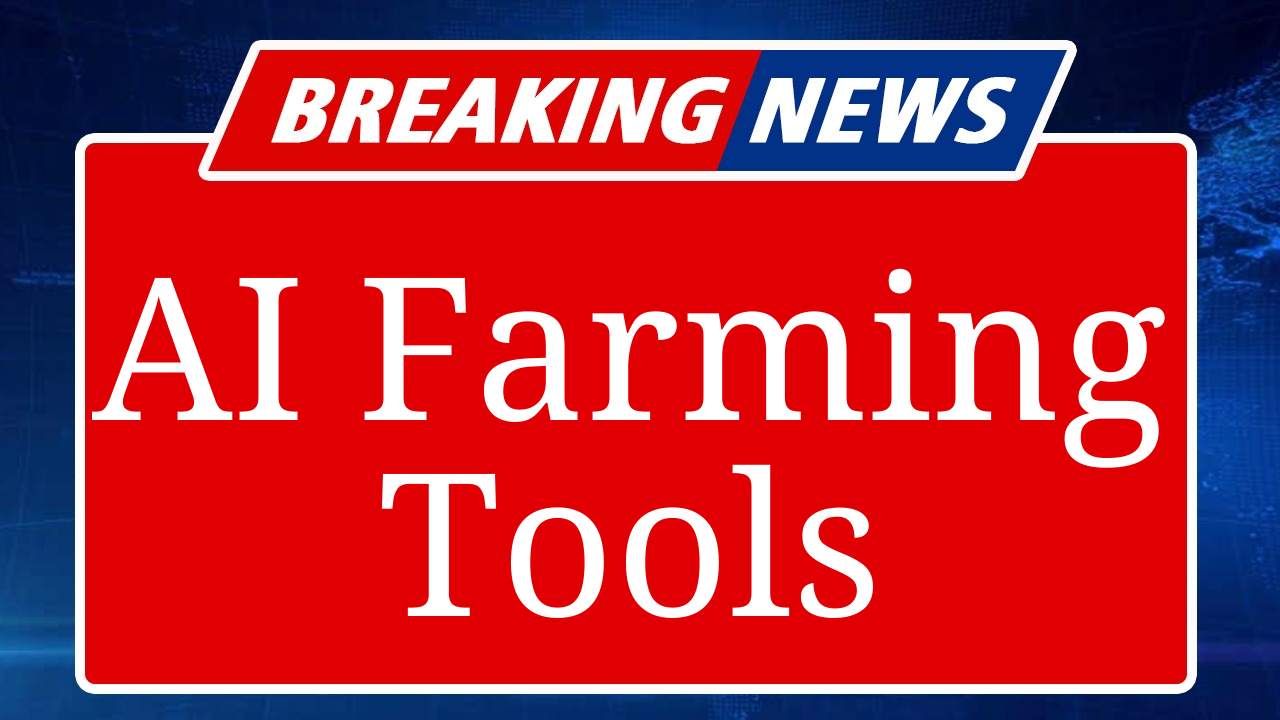“Uttar Pradesh farmers are adopting advanced weather technologies to tackle climate change impacts. From AI-powered forecasting to automated weather stations, these tools provide real-time data, enabling better crop planning and resource management. Initiatives like the IMD’s Gram Panchayat-level forecasts and startups like Fasal are boosting yields and resilience, helping farmers mitigate risks from erratic weather patterns.”
Uttar Pradesh Farmers Turn to Technology for Climate Resilience
In Uttar Pradesh, where agriculture employs nearly 60% of the population, farmers are increasingly relying on cutting-edge weather technologies to navigate the challenges posed by climate change. Erratic monsoons, unseasonal rains, and extreme heatwaves have made traditional farming practices unreliable, pushing farmers to adopt tools like automated weather stations (AWS), AI-driven forecasting, and mobile apps for real-time updates.
The India Meteorological Department (IMD) has rolled out Gram Panchayat-level weather forecasts, launched on October 24, 2024, in collaboration with the Ministry of Panchayati Raj. These hyper-local forecasts, disseminated through platforms like IMD’s Mausamgram and the Ministry’s e-GramSwaraj app, provide farmers with precise data on temperature, rainfall, and humidity. This initiative enables farmers to make informed decisions about sowing, irrigation, and harvesting, reducing losses from sudden weather events. For instance, advance warnings of hailstorms or heavy rainfall allow farmers to protect crops or adjust schedules.
Startups like Fasal are revolutionizing farming in UP with AI-powered platforms that integrate soil moisture sensors, weather forecasts, and pest alerts. Farmers like Rakesh Kumar, a 45-year-old grower in Meerut, use Fasal’s app to monitor soil conditions and receive tailored advice on water and fertilizer use. “The app tells me exactly when to water my wheat crop, saving me money and boosting my yield by 20%,” Kumar told reporters. Fasal’s systems, though costly at $57–$287 for installation, have reduced input costs by up to 20% for early adopters without compromising yields.
Skymet Weather Services, a private player, has deployed over 6,500 automated weather stations across India, with a significant presence in UP. These stations monitor parameters like rainfall, wind velocity, and soil moisture, feeding data into predictive models. In 2019, Skymet’s network helped farmers in UP’s Bundelkhand region anticipate a delayed monsoon, allowing them to switch to drought-resistant crops like millets. Jatin Singh, Skymet’s founder, emphasized the role of public-private partnerships in scaling these solutions. “Our goal is to make weather data accessible to every farmer, even in remote areas,” he said.
The state government is also promoting climate-smart agriculture through initiatives like the National Innovations on Climate Resilient Agriculture (NICRA). In districts like Varanasi and Gorakhpur, farmers are using tools like the “Happy Seeder,” which reduces crop residue burning, and precision irrigation devices like the Greenseeker to optimize nitrogen use. These technologies, often shared through farmer cooperatives, have lowered carbon emissions and improved soil health.
However, challenges remain. Over 85% of UP’s farmers operate small plots of less than two hectares, and the high cost of advanced tools limits adoption. Agricultural economist R.S. Deshpande noted, “While the technology is promising, government subsidies are critical to make it affordable for marginal farmers.” The UP government has responded by partnering with startups like Cropin, which uses satellite data to provide sowing advisories and pest warnings. In 2024, Cropin’s collaboration with Syngenta helped farmers in Agra increase corn yields by 30%, with net profits rising from Rs 5,000 to Rs 20,000 per acre.
The IMD’s recent Memorandum of Understanding (MoU) with ITC’s Agribusiness Division, signed on October 16, 2024, aims to reach two million farmers through digital platforms, offering weather-based advisories. Similarly, the MoU with the Ministry of Rural Development on October 30, 2024, leverages Krishi Sakhi and Pashu Sakhi networks to deliver forecasts to rural women farmers, enhancing inclusivity.
Despite these advancements, experts stress the need for greater awareness and digital literacy. “Many farmers still rely on radio or TV forecasts, which lack precision,” said Pankaj Agarwal, Secretary of the Ministry of Power. He highlighted the role of AI in improving forecast accuracy, citing IMD’s success in preventing power disruptions during the 2022 heatwave. As UP’s farmers face rising temperatures and unpredictable rains, these technologies are proving vital in safeguarding livelihoods and ensuring food security.
Disclaimer: This article is based on recent news reports, official statements from the India Meteorological Department, and insights from agricultural startups and experts. Data is sourced from reputable publications and government initiatives. Readers are advised to verify information with local authorities or consult experts for personalized farming advice.
Tags:
Weather Technology
Uttar Pradesh Agriculture
Climate Change
Automated Weather Stations
AI in Farming
IMD Forecasts
Climate-Smart Agriculture
Thumbnail Catchy Text:
“UP Farmers Fight Climate Change with Smart Weather Tech!”
Permalink:
/weather-tech-up-farmers-climate-tools
Focus Keywords:
Weather Technology
UP Farmers

